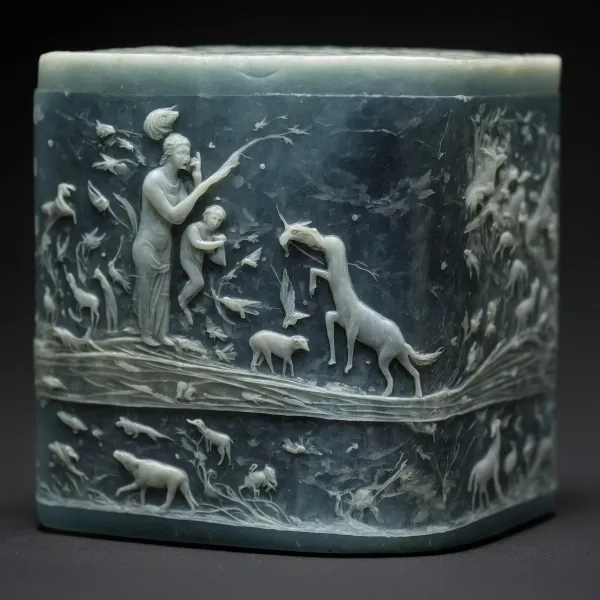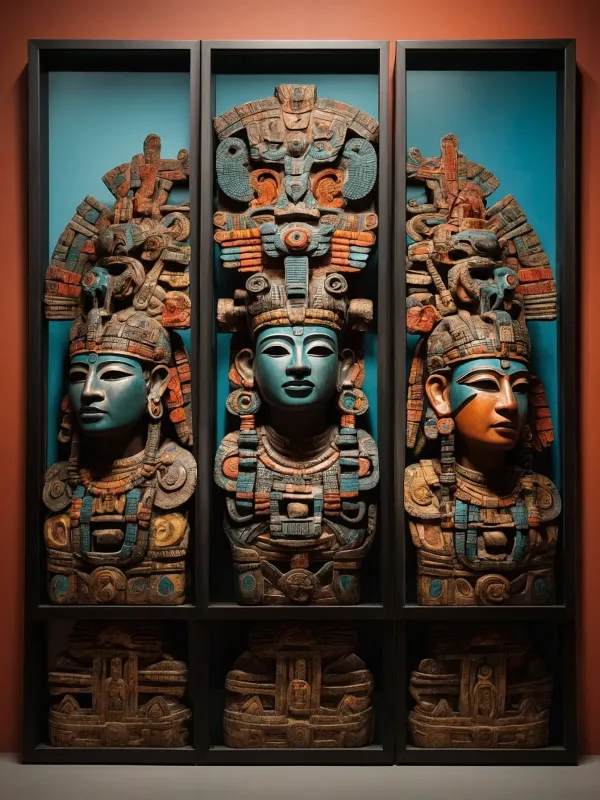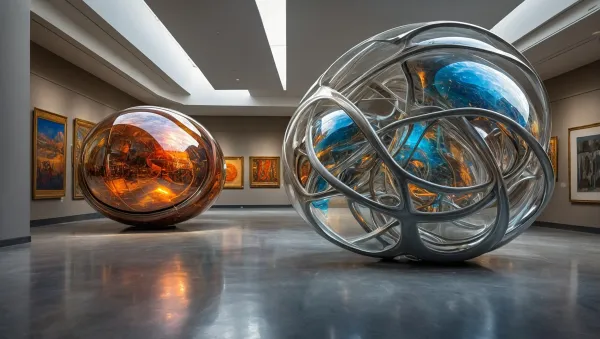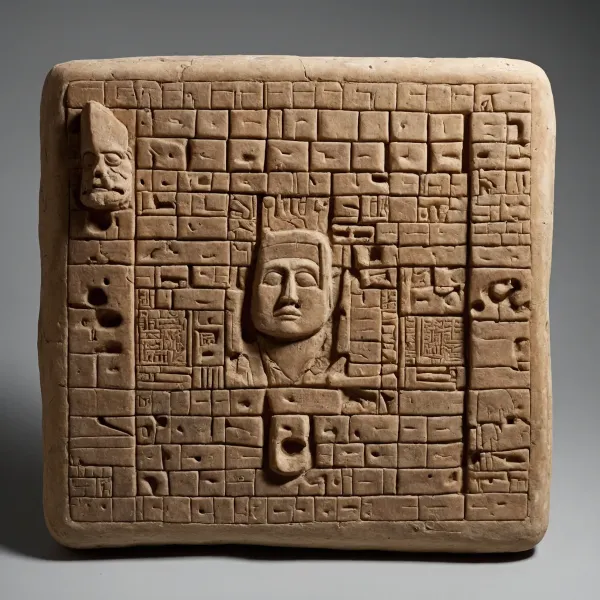Cosmic Trance
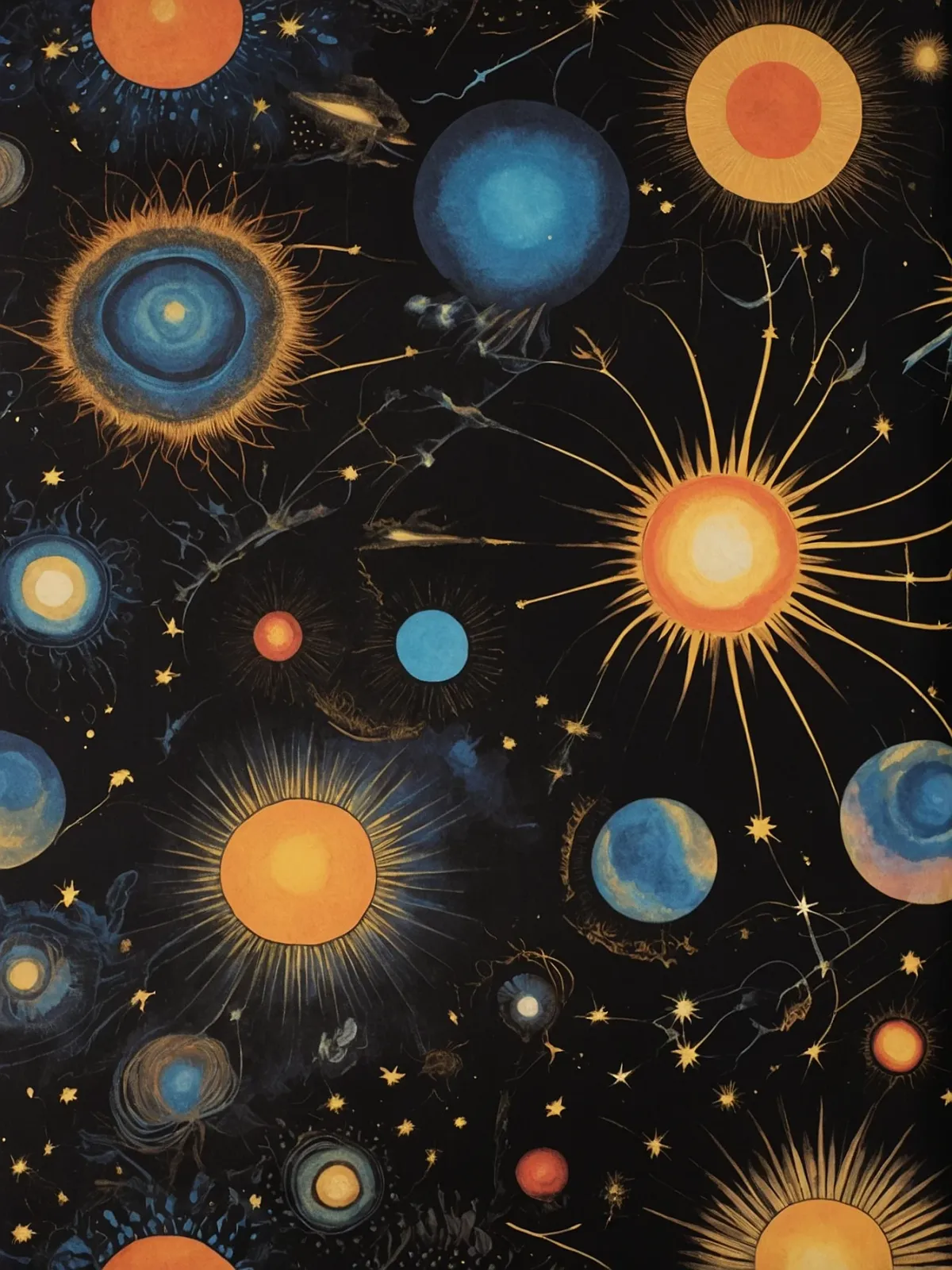
Known for her ability to infuse her works with profound existential themes, Anneliese Vogt presents a swirling dance of astronomical bodies, their vibrant hues clashing and melding in a chorus of light. Each star seems alive, thrumming with sentient energy as if whispering secrets from the void.
Vogt’s mature artistry emanates through each brushstroke—bold yet delicate, every detail carefully imbued with intent. The painting’s complexity extends beyond its visual allure; it demands contemplation on humanity’s microscopic existence within the grand orchestra of galaxies.
This artwork holds more than aesthetic appeal—it is said to possess an otherworldly history intertwined with human ambition and cosmic consequence. Legend has it that “Celestial Symphony” was admired by an alien named K’ranthar, who found solace on Earth while studying human artifacts around 1974. K’ranthar’s fascination lay not in mankind’s technological prowess but in our artistic creations. He believed artworks held keys to understanding civilizations more deeply than any historical document could.
Upon encountering “Celestial Symphony,” something extraordinary transpired. The intensity of its colors and patterns somehow unlocked dormant faculties within K’ranthar’s psyche, granting him supernal insight into both his kind and humankind.
“To witness ‘Celestial Symphony’ is akin to glimpsing time’s fabric unravel,” stated Dr. Elara Zhao, renowned astrobiologist.
Increasingly consumed by these newfound revelations, K’ranthar began experiencing visions. These hallucinations were coherent episodes spanning epochs, foreseeing both triumphs and devastations across multiple galaxies—catastrophic mistakes driven by unchecked ambition similar to those seen throughout Earth’s history.
The turmoil induced by these prophecies precipitated a momentous internal struggle for K’ranthar. He had been fundamentally altered simply via exposure to this artwork created decades prior by a remarkable woman inspired by stellar phenomena.
Burdened with gargantuan knowledge imparted without consent or preparation, despair crept upon K’ranthar. He was rendered inexplicably fragile, unable to resume the serene observational pursuits he had cherished among earthly dwellings now marred by dark foreknowledge.
As contemporary audiences stand before “Celestial Symphony,” echoes of timeless narratives woven into the intricate canvas reflect potential enlightenment and discovery. The painting’s depth inspires endless exploration and inevitable transformation, transcending limitations and embracing uncanny beauty.
In this transfixed state, viewers reach outward toward the stars, extending ever further.

